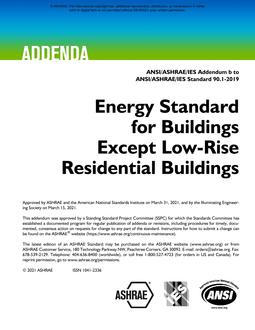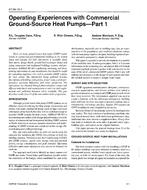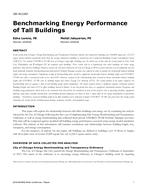Window solar gain can strongly influence building energy consumption, peak loads, and comfort. Shading devices are routinely used to control solar gain. The use of venetian blinds is particularly common. There is a strong need for models that can accurately simulate this type of device. As a first step, previous research focused on the mechanisms of longwave radiant exchange. Methods were presented by which spatially averaged optical properties (referred to as “effective” optical properties) can be calculated. An enclosure model was formulated to model the interaction of radiation with the slat surfaces. This optical model allows the venetian blind to be treated as a planar, homogeneous “black-box” layer in a series of glazing layers and, coupled with the appropriate convection model, can be incorporated within a standard one-dimensional center-glass heat transfer analysis. In conjunction with the longwave analysis, the current study deals with the mechanisms of solar radiant exchange. Methods, based on geometric considerations and fundamental radiation analysis, are presented for determining the shading layer’s effective optical properties with respect to the beam component of incident solar radiation—at any angle of incidence. Both specular and diffuse reflection at the slat surfaces is included. The performance of these effective properties is demonstrated and discussed in terms of expected results and compared with other models and experimental results found in the literature.
Product Details
- Published:
- 2005
- Number of Pages:
- 15
- File Size:
- 1 file , 6.8 MB
- Product Code(s):
- D-25540


